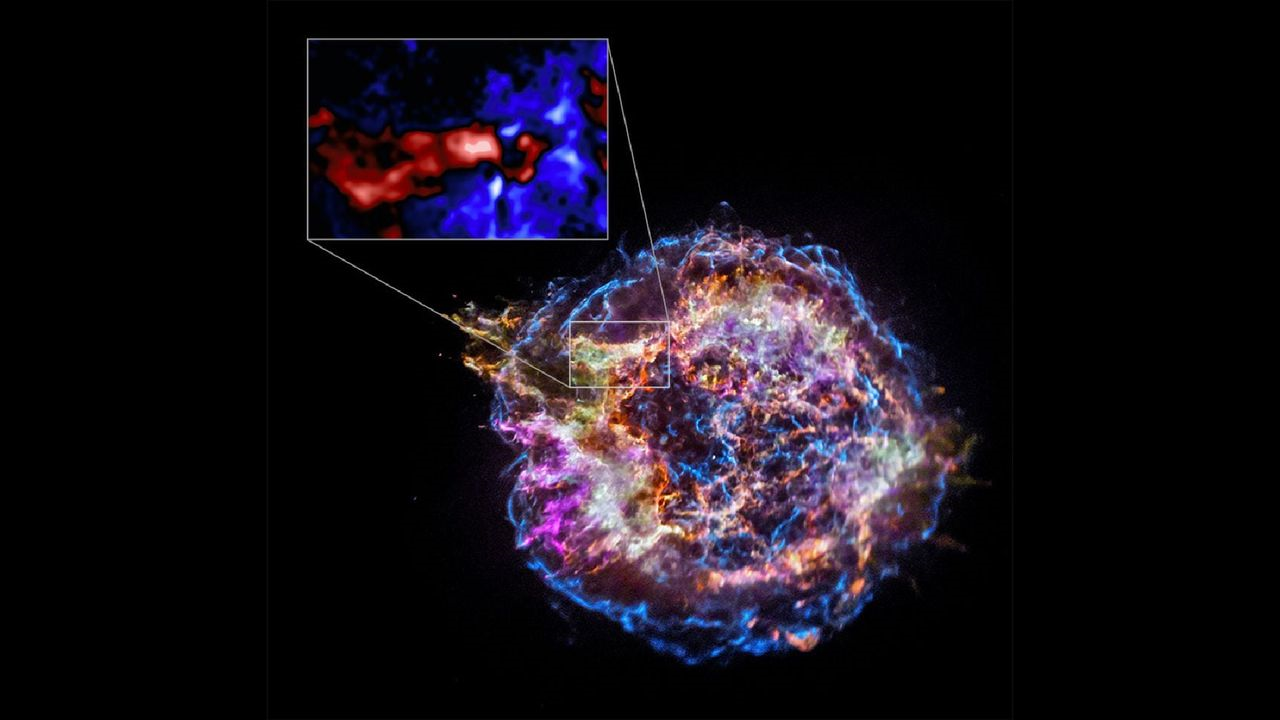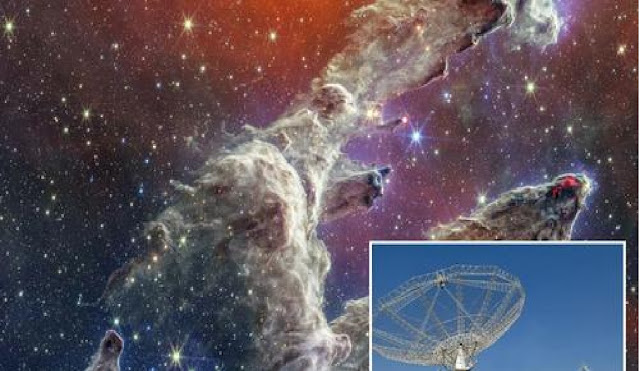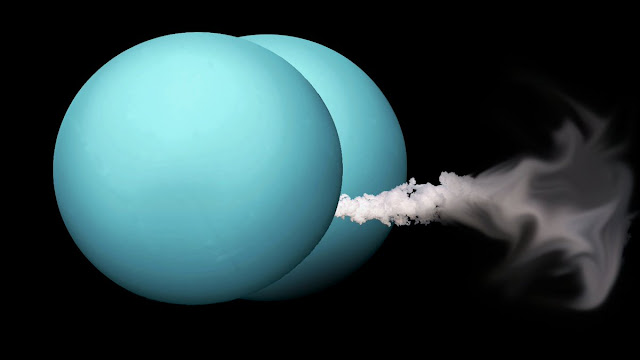Revealing the Final Moments of a Star: New Insights into the Supernova Cassiopeia A
On September 6, 2025, LiveScience published an attention-grabbing report: scientists studying the famous supernova remnant Cassiopeia A (Cas A) have unearthed surprising details about how the star died — details that challenge long-standing assumptions about how massive stars explode. Live Science
This discovery is not only exciting for astrophysicists, but also offers a window into the still-mysterious processes that govern how stars end their lives and seed the cosmos with heavy elements.
Cassiopeia A: A Well-Known Remnant with Secrets Still to Tell
Cassiopeia A is one of the most studied supernova remnants in our galaxy. The supernova that produced it likely occurred around the mid-1600s, and Cas A is the leftover shell of ejected gas, dust, and a central compact object (probably a neutron star) expanding into space. Live Science
Because it is relatively nearby (in galactic terms) and bright in X-rays, Cas A has long been a laboratory for supernova physics. Yet until now, some of its internal composition and explosion asymmetries remained puzzling.
The New Finding: “Shell Merger” and Internal Mixing
What’s new? Using data from NASA’s Chandra X-ray Observatory, researchers found evidence that in the final hours before the star’s explosion, there was a violent mixing of layers inside the star — a “shell merger” — where inner, silicon-rich layers broke through and blended with outer, neon-rich layers. Live Science
This is significant, because classic models of core-collapse supernovae often assume a somewhat stratified structure: inner heavy-element cores, then shells of lighter elements, then the outer envelope. The explosion is frequently modeled as a largely spherical outward shock. But the evidence from Cas A shows a more chaotic, asymmetrical process.
Such instabilities and turbulence may play a crucial role not only in how the explosion proceeds, but also in how the remnant structure and element distribution evolve later. In Cas A’s case, the mixing appears to have created anisotropies — “lumps” and irregularities — in composition and velocity that we can now observe in the remnant’s structure. Live Science
One consequence is that the neutron star (or compact remnant) inside might have been “kicked” asymmetrically, acquiring a velocity from the uneven ejecta. This helps explain why some neutron stars move rapidly through space.
Why This Changes Our View of Stellar Deaths
This finding shakes up some of our prior assumptions and offers fresh constraints for theoretical models:
- Explosion asymmetry matters. If internal mixing and shell mergers are more common than thought, simple symmetric explosion models may miss crucial physics. The distribution of elements, the dynamics of shock propagation, and the momentum imparted to remnants may all be more complex.
- Pre-explosion processes are important. The internal structure of a dying star, including convective motion, composition gradients, and instabilities, may play a decisive role in shaping how the final explosion unfolds.
- Element dispersal and enrichment. Supernovae are factories of heavy elements (like gold, iron, silicon, etc.). How material gets mixed and ejected determines which elements reach the interstellar medium and how they are distributed. The new evidence from Cas A suggests the process may be messier and more unpredictable than idealized models assume.
- Neutron star kicks. Many neutron stars are observed to move at high speeds (hundreds of kilometers per second). Asymmetric ejecta gives a natural explanation. The shell merger and internal turbulence could contribute significantly to such kicks.
- Calibration for simulations. The data provides an empirical benchmark for sophisticated 3D simulations of core-collapse supernovae. Modelers will need to reproduce such mixing to be credible.
Methods & Evidence
How did scientists reach these conclusions?
- X-ray spectroscopy & imaging. Chandra’s high angular resolution and ability to distinguish different chemical elements via emission lines enabled astronomers to map where silicon, neon, and other elements lie in Cas A’s structure. Live Science
- Velocity structure analysis. By analyzing Doppler shifts (i.e. how emission lines are redshifted or blueshifted), researchers revealed how fast different layers are moving and in which direction. This gives insight into how material was launched during explosion.
- Comparison with models. The observations were compared against theoretical predictions. The match with a scenario involving internal mixing and shell mergers stands out as more plausible than a clean stratified explosion.
- Multi-wavelength corroboration. Observations in other electromagnetic bands (optical, infrared, radio) help confirm the morphology and structure inferred from X-ray data.
The result is a compelling, multi-angle case that Cas A’s progenitor star underwent dramatic internal upheaval just before it exploded.
Broader Implications & Open Questions
While Cas A offers a rich case study, it also raises new questions and paths for future work:
- Did all massive stars experience similar shell mergers, or is Cas A an outlier?
- What determines which stars undergo such internal mixing and which do not?
- Can we see signatures of these processes in more distant supernovae?
- How do magnetic fields, rotation, and neutrino fluxes interplay with mixing?
- What are the consequences for nucleosynthesis predictions (i.e. how many heavy elements of various types are produced)?
There’s also the tantalizing possibility that future X-ray observatories (or even next-generation telescopes) may catch a core-collapse event in progress, revealing these internal dynamics in real time. That would be a game-changer.
Why the Story Is “Very Famous”
This discovery resonated broadly in the scientific community and the public for a few reasons:
- Cas A is famous — many astronomers have studied it for decades. A new twist in its story draws attention.
- It directly addresses one of the grand challenges in astrophysics: How do massive stars explode?
- The findings have ripple effects across many subfields: nucleosynthesis, compact object physics, stellar evolution, galactic chemical enrichment.
- Such breakthroughs bring us closer to connecting theory and observation in truly complex, three-dimensional processes.
Conclusion
The science story from last week about Cassiopeia A’s “shell merger” is a vivid illustration of how even well-studied objects can still surprise us. It underscores that nature often doesn’t conform to our idealized models, and that to truly understand events as dramatic as star death, we must embrace complexity, turbulence, and asymmetry.
As astrophysicists refine their simulations and compare them to these new observations, we may be on the threshold of a deeper, more accurate theory of how stars die — and by extension, how the elements essential to life and planets are forged and scattered across the universe.
If you like, I can also write a version in Urdu, or pick another “famous science story” (e.g. from health or climate) and write an article about that. Which one would you prefer?






